Grasses are fibrous and herbaceous plants belonging to the Gramineae family. These plants have thin, slender stems that grow from the ground. They are said to have several uses apart from being used to prevent soil erosion in fields. They are also used as decoration in home gardens and lawns.
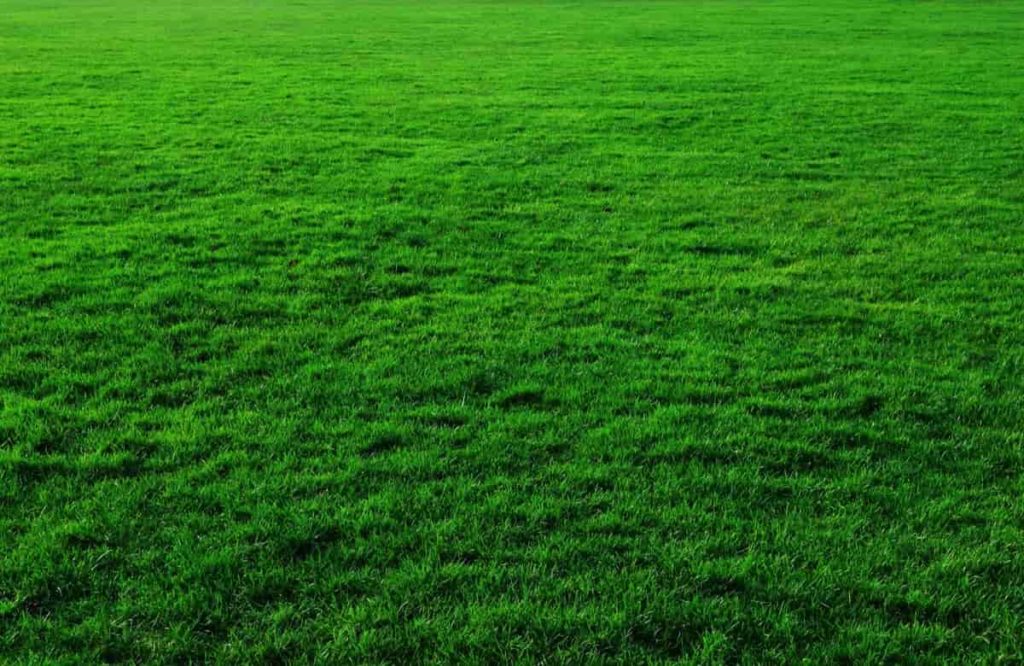
Rooftop lawns are semi-intensive green roofs with a depth of at least 8 inches. This terraced soil system supports lawn grasses that require deep rooting space and thrive on soil with the right number of fine particles and organic matter. As a result, green roofs with turf are lush, usable spaces.
How to grow lawn grass on Terrace
Benefits of growing lawn grass on a terrace
There are many benefits to growing a rooftop lawn. Firstly, it looks amazing and will be a real drawcard, mainly for commercial and hospitality businesses. Rooftop with lawn grass should get glowing reviews, and word-of-mouth advertising will spread like wildfire. To grow a rooftop lawn grass on your property, imagine entertaining your guests in the summer with a few drinks and the kids playing barefoot in the grass on your terrace.
Second, the more grass we grow, the better the environment. It is due to photosynthesis which occurs mostly in green plants – it helps stabilize the oxygen levels in the Earth’s atmosphere. The roof base needs some preparation if you want to grow grass directly on it. Firstly, you need to ensure your roof is strong enough to support the load of wet soil.
Secondly, ensure proper drainage, as excess water can damage your grass and roof. Thirdly, you must prepare a rich growing medium and keep the soil in place as a boundary; otherwise, it will wash away with water. Finally, the type of plants you choose to grow on your roof also matters, so choose ones that are heat and drought-tolerant and require less fertilizer.
Different types of lawn grass on the terrace
- Nilgiri/Zoysia Grass: It is the fastest-growing grass in India. It is easy to withstand almost all climates, making it an excellent choice for growing on terraces. It is a high-maintenance grass seed, but the results are worth it.
- Doob Grass: Doob or Bermuda grass is native to the Indian subcontinent. You can also use this grass to grow on your terrace as it is hardy and needs a lot of sun.
- American lawn grass: It is one of the most popular types of lawn grass. It is a low-growing, sun-loving grass with dark green leaves.
- Centipede grass: It is the perfect grass seed if you want a low-maintenance, low-growing lawn.
In case you missed it: Goat Farming Loan in India: How to Get, Interest Rate, Documents for Banks, Mudra, and NABARD
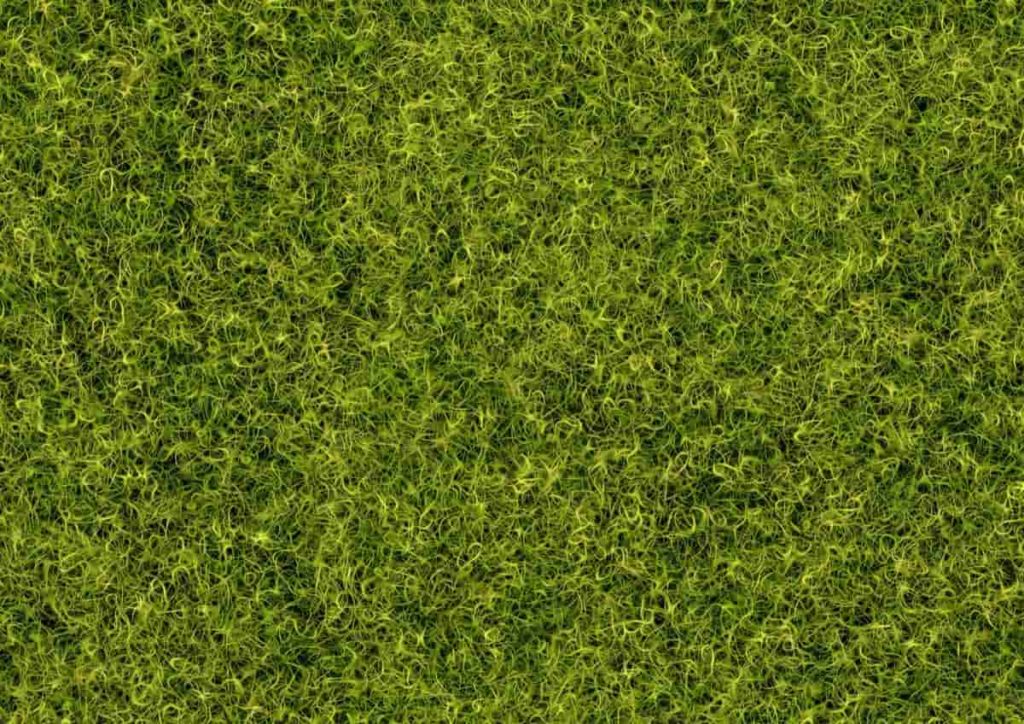
What does lawn grass mean?
Grass lawn means land under a continuous cover of grass and similar vegetation that is closely and regularly mowed, including grassland or pasture on non-agricultural land. “Grass lawn” does not include arable land for pasture, land used for growing sod, or similar land used for agricultural production. Green roofs provide many environmental, economic, and other benefits to the urban environment. Green roofs also benefit the owner, such as increased roof life and quality of life.
Lawn grass planting care on the terrace
Test your soil
Before planting lawn grass, you must ensure your soil is in good condition. You can get a soil test at any big box store or garden center. The test will tell you if your soil is deficient in certain nutrients, such as nitrogen, phosphorus, or magnesium. If so, you can use compost that has more nutrients to top it off. Otherwise, choose a 10-10-10 fertilizer for your lawn. It isn’t easy to amend the soil in an established lawn. If you need to add fertilizer, put it in the first 4-6 inches.
Calculate the roof load
The roof’s load capacity is perhaps the most important consideration when installing a lawn on a roof deck. The roof should be able to support the weight of the soil when saturated with water. In addition, if you plant grass, the roof will need to be able to support your body while you perform maintenance such as mowing, fertilizing, and watering.
Make sure the roof can handle the load by hiring a structural engineer to perform load calculations. It is not something you want to do on your own. In addition, many cities require a building permit to install a green roof, a process that requires approved calculations by a professional engineer.
Manage roof moisture
Proper drainage prevents damage to the roof garden, retains enough water in the soil to hydrate the grass, and moves excess water away from the roof rather than standing on it, as each water drop adds weight to the roof. Waterproof membranes are the most important component when growing lawns on a roof deck. A proper waterproofing system should prevent water from entering the building from the outside and prevent plant roots from penetrating.
In case you missed it: Low-Maintenance Indoor Vertical Garden Ideas, Tips, Techniques, and Secrets
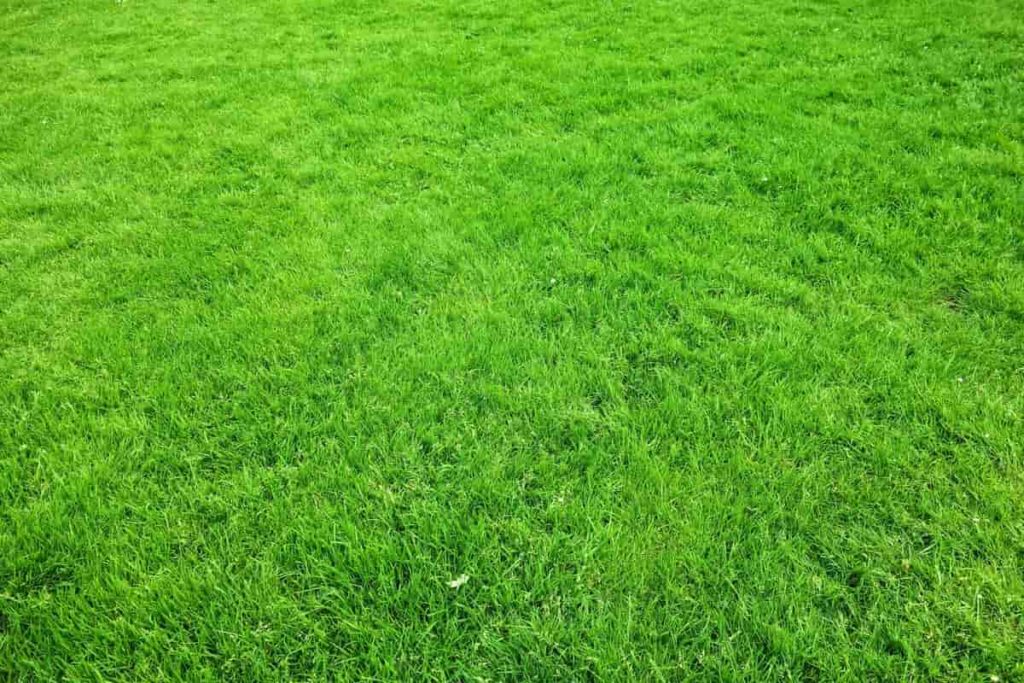
Other important components include water retention and drainage systems, insulation, root barriers, lightweight growing media, and plants. The system also has a layer of filter fabric to hold the soil in place and prevent it from clogging the drainage system. Green roofs must be sloped 10 to 30 degrees to avoid standing water. Plants and soil tend to slip with a pitch greater than 30 degrees and need to be pinned.
Weather
The grass is one of the most resilient plants on the planet. It can grow almost anywhere and is very drought resistant.
Grow and maintain lawn grass on the terrace
Prepare the bed for the grass – Please ensure your roof can support the load of wet soil. Also, ensure proper drainage, as excess water can negatively affect your roof and grass. Next, prepare a rich growing medium, and create a boundary to hold the soil in place. Finally, choose a plant variety that is drought and heat-resistant and requires less fertilizer.
After preparing the bed, it is time to grow grass in it. You can grow plants from both plants and seeds. After your bed is ready, it’s time to grow those fibrous plants. You can grow this grass from both seeds and seedlings. Although it is possible to grow plants from seeds, they are not the best choice because seeds are expensive, sometimes fake, and may not grow at all.
However, buying plants is a more efficient and pocket-friendly option, and you can easily get the grass sheets of your choice at your nearest nurseries. After you’ve got the grass you want for your garden, all that is left is to plant it in your soil bed. Plant in horizontal and vertical lines at least 4 inches apart. Moisten them after planting. Additionally, fertilize the bushes with cow dung.
Simple tips for creating a perfect lawn grass on a terrace
1. Planting
Firstly, determine the location of your lawn. If the lawn is to be laid on a roof, the mowed area should have 30mm of drain cells, at least 100 mm of gravel, and 150 mm of good porous soil and seed. If the lawn is planted on the ground, the initial excavation should be 600-800 mm of soil, and the ground should be kept free of weeds and foreign bodies. You can grow it at any time of the year. The best time is spring or early spring when the grass can grow easily.
2. Seed
Firstly, measure the proposed lawn area to sow seed. The sowing application is usually mostly 35 grams of seed per square meter. However, it is advisable to check the packaging for details.
3. Composition
30% good soil, 30% cow dung or any organic manure or compost, and 30% coco peat or coconut fiber blocks is the best soil composition.
In case you missed it: How to Solve the Challenges of Urban Agriculture/Farming/Gardening
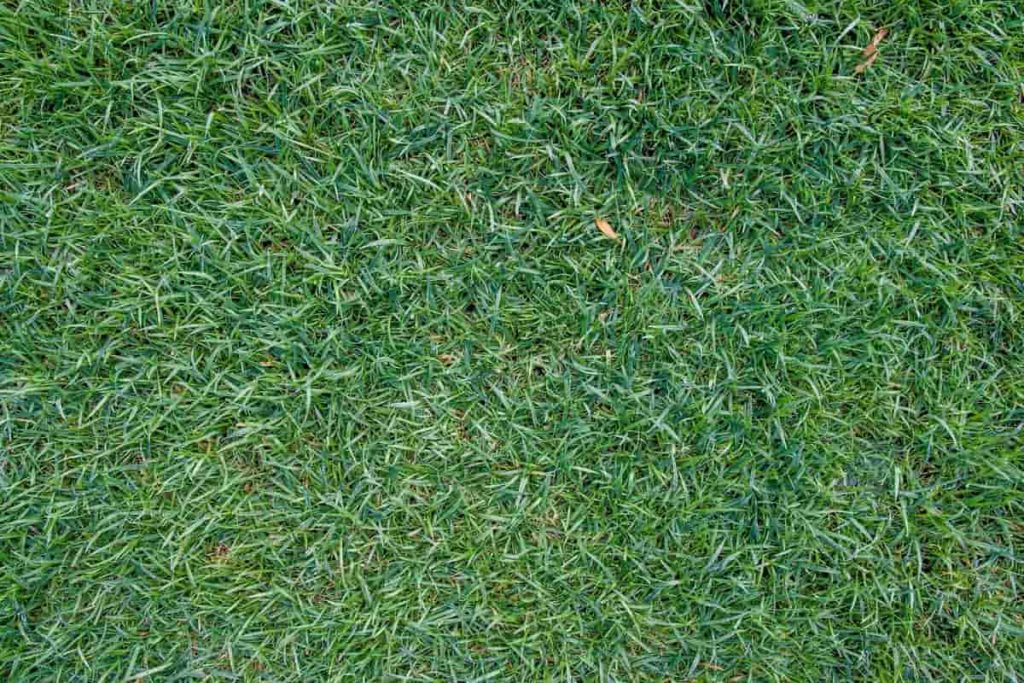
4. Timing
Monsoon is the best season to grow your lawn. High humidity and temperature facilitate better growth. For finished visual effects, carpet lawns are preferred. If time and weather permit, planting with seed or doubling is the best option. Early morning or late evening is best for the summer season, and early morning is the best time for winter.
5. Drainage
Ensure your desired lawn does not ‘pool.’ Grass wilts and eventually dies in places with stagnant water.
6. Cleaning
In the case of carpet lawns, the seeds should be pulled up constantly. There should be no gap between the two carpets. It should be kept clear of wild grass. Lawns should be mowed after the roots have been established (one month after planting). Also, keep the lawn free of organic debris, such as fallen leaves to provide uninterrupted sunlight.
7. Watering
Growth depends on the amount of water in the atmosphere. Lawns require a lot of water, preferably supplied by sprinklers rather than pipes. The best time to water your lawn grass is early morning, as the sun will help dry the grass. Moisture has to sit several inches down in the soil. So, make sure that there is no stagnation in the soil.
8. Plants
For the Indian climate, the Korean lawn and elephant grass are excellent options.
9. Maintenance
The best height to achieve and maintain grass is around 1 inch. It will prevent weeds and moss from spreading around. If your lawn is a little thin in some places, you can add seed to cover the bald spots. Choose a premium lawn mix of grass and seed for a high-quality lawn finish.
Prepare your terrace for growing lawn grass
The concept of rooftop gardening has been alive since the days when our buildings had roofs. If you select to build a fully planted green roof, you need to prepare your roof to avoid any potential damage to the building. New buildings are usually constructed with waterproofing in mind, unlike traditional buildings.
Waterproofing Layer
The first and most important step is to waterproof your roof to prevent leaks. The roof on your plan to plant your vegetables should be waterproof, frost-resistant, and durable. Especially the places where you will be planting your vegetables and storing pots. Different approaches can be followed while waterproofing your roof – by applying plastic sheets, polymer coating, etc. The waterproofing membrane you choose to install for your roof should be root and rot-resistant. You can also consult a professional to get an expert opinion.
In case you missed it: Herbs Growing Season Chart in India: Sowing Guide, Germination, and Planting Calendar
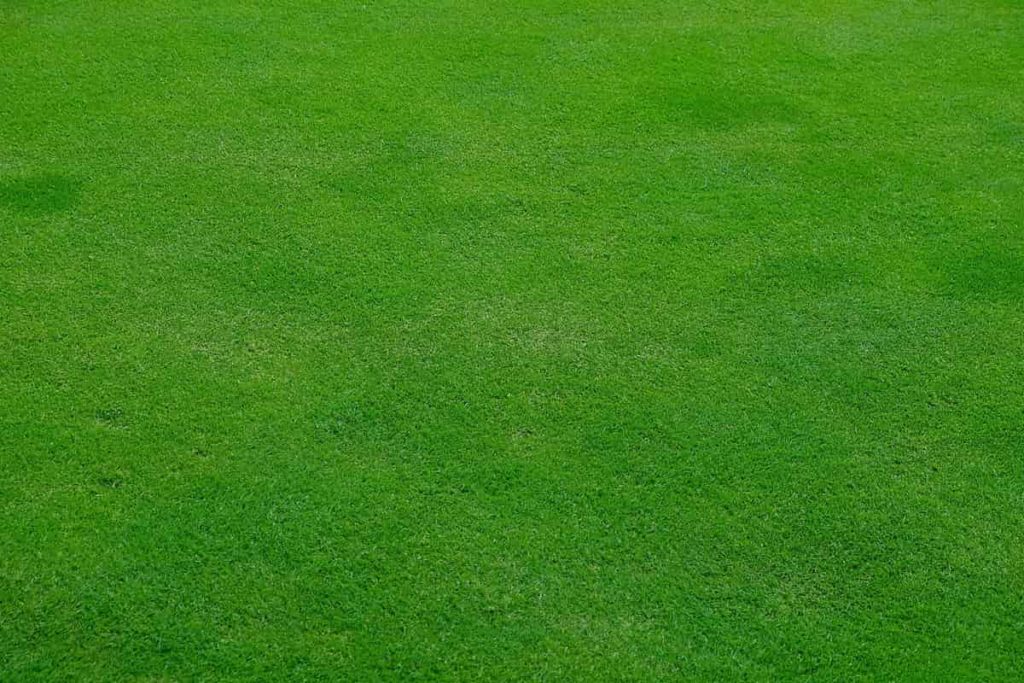
Protection layer
The mechanical strength, moisture resistance, and temperature control of your roof are just a few of the benefits of a protection/insulation layer. The insulation layer is usually polyurethane foam or PIR panels. PIR panels are recommended for roof gardens as they have edge connections and drains that allow rainwater to flow through the drainage system faster. Installing a protective layer for your roof will ensure the long life of your terrace garden and keep all your worries at bay.
Drainage system
The purpose of installing a drainage system is to remove saturated water as quickly as possible. A proper drainage system should immediately drain excess water from the vegetation layer and roof into the drainage system. Common drainage materials include – porous mats that can soak up excess water, granular materials (gravel, stone chips, etc.), or polystyrene drainage modules.
Filtration layer
A filter layer is applied to prevent clogging of the drainage system and to separate the drainage layer from vegetation. It prevents the accumulation of fine particles and keeps the drainage system working.
The growing process for lawn grass on the roof
- Measure to make sure your roof is between 5 and 20 degrees. Set a 12-inch level side on the roof surface. Hold the surface horizontally from the ceiling and level it. Use a tape measure to find the space between vertically the other end of the surface to the ceiling. It gives you the slope.
- Green roofs are a popular concept worldwide and have been for a long time. In many built-up areas, grass not only insulates but also retains stormwater, improves water quality, and has cosmetic appeal. Obtain a building permit if required in your area.
- Talk to the planning department and ask what the requirements are for creating a vegetated roof. Purchase a permit if needed. First, measure the roof area to determine how much grass you need and how large the underlayment system should be. The underlayment system is a barrier between the grass and the general roof. Next, buy the right amount of sod to fill the square footage. Plan to plant the sod immediately or store it in a cool place, moistening it frequently to keep it from drying.
- Obtain a building permit if required in your area. Talk to the planning department and ask what the requirements are for creating a vegetated roof. Add 1 inch of soil or compost/soil mix to the underlayment system. Rake it until level and smooth. Spread 1 inch of gravel over the soil to improve drainage. Add 1 inch more potting soil.
- Spread 1 inch of gravel over the soil to improve drainage. Place the pieces of sod down. Use long pieces whenever possible, as they are less likely to die. If necessary, cut irregularly shaped pieces with a knife. Small pieces should only be placed in the center of the grass roof, not at the edges.
- Water the sod lightly to moisten it to reduce the shock of planting. Use long pieces whenever possible, as they are less likely to die. Water a sod roof at least once a week during the growing season because it cannot develop as extensive a root system as it does on the ground.
- Grow beautiful, eco-friendly lawn grass on the terrace. Growing a high-quality grass pitch is not straightforward. The main challenges to growing grass successfully are seeding evenly, allowing all seeds to germinate, and preventing weed growth. A grower also needs to know how much water to feed the seed. Too much and the plant will not be able to access the air; too little will lose its ability to absorb nutrients. Therefore, a proper water-to-air ratio is essential for a good start.
In case you missed it: Role of 5G Technology in Agriculture: How will it Change Future Farming
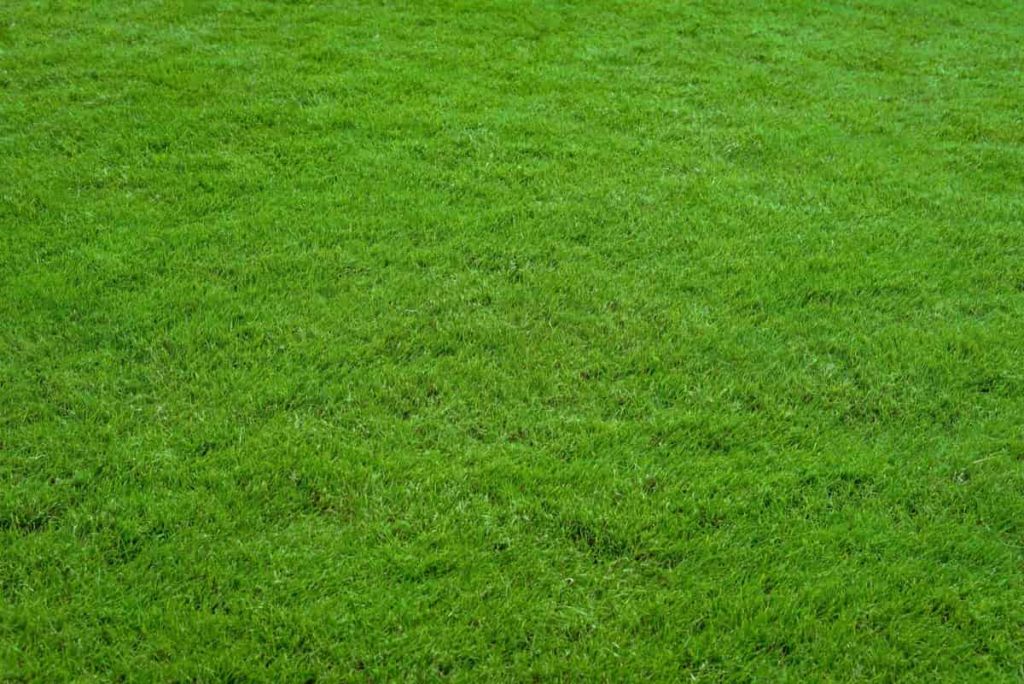
Conclusion
Rooftop grass can reduce heating and cooling costs and add visual interest to your home. Growing grass on the roof insulates your home and helps with the “heat island effect.” The term refers to building-up areas such as hotter cities than less populated areas. In many built-up areas, grass not only insulates but also retains stormwater, improves water quality, and has cosmetic appeal. Rooftop lawns have a long history, dating back several centuries. They still exist today and can help greatly in improving the aesthetic and environmental impact of a building and can also act as an oasis in a concrete-heavy city.
- Economical Aquaculture: A Guide to Low-Budget Fish Farming
- 15 Common Planting Errors That Can Doom Your Fruit Trees
- How to Make Houseplants Bushy: Effective Tips and Ideas
- Innovative Strategies for Boosting Coconut Pollination and Yield
- Pollination Strategies for Maximum Pumpkin Yield
- The Complete Guide to Chicken Fattening: Strategies for Maximum Growth
- Natural Solutions for Tulip Problems: 100% Effective Remedies for Leaf and Bulb-Related Issues
- Revolutionizing Citrus Preservation: Towards a Healthier, Greener Future
- Natural Solutions for Peony Leaf and Flower Problems: 100% Effective Remedies
- Maximizing Profits with Avocado Contract Farming in India: A Comprehensive Guide
- Natural Solutions for Hydrangea Problems: 100% Effective Remedies for Leaf and Flowers
- The Ultimate Guide to Choosing the Perfect Foliage Friend: Bringing Life Indoors
- From Sunlight to Sustainability: 15 Ways to Use Solar Technology in Agriculture
- The Ultimate Guide to Dong Tao Chicken: Exploring from History to Raising
- The Eco-Friendly Makeover: How to Convert Your Unused Swimming Pool into a Fish Pond
- Mastering the Art of Delaware Chicken Farming: Essentials for Healthy Backyard Flocks
- 20 Best Homemade Fertilizers for Money Plant: DIY Recipes and Application Methods
- How to Craft a Comprehensive Free-Range Chicken Farming Business Plan
- Brighten Your Flock: Raising Easter Egger Chickens for Beauty and Bounty
- How to Optimize Your Poultry Egg Farm Business Plan with These Strategies
- Subsidy for Spirulina Cultivation: How Indian Government Schemes Encouraging Spirulina Farmers
- Ultimate Guide to Raising Dominique Chickens: Breeding, Feeding, Egg-Production, and Care
- Mastering the Art of Raising Jersey Giant Chickens: Care, Feeding, and More
- Ultimate Guide to Raising Legbar Chickens: Breeding, Farming Practices, Diet, Egg-Production
- How to Raise Welsummer Chickens: A Comprehensive Guide for Beginners
- How to Protect Indoor Plants in Winter: A Comprehensive Guide
- Ultimate Guide to Grow Bag Gardening: Tips, Tricks, and Planting Ideas for Urban Gardeners
- Guide to Lotus Cultivation: How to Propagate, Plant, Grow, Care, Cost, and Profit
- Agriculture Drone Subsidy Scheme: Government Kisan Subsidy, License, and How to Apply Online
- Ultimate Guide to Raising Araucana Chickens: Breed Profile, Farming Economics, Diet, and Care
- Bringing Hydroponics to Classroom: Importance, Benefits of Learning for School Students
- Ultimate Guide to Raising Polish Chickens: Breed Profile, Farming Economics, Diet, and Care
- Ultimate Guide to Raising Australorp Chickens: Profile, Farming Economics, Egg Production, Diet, and Care
- Silkie Chicken Farming: Raising Practices, Varieties, Egg Production, Diet, and Care
- Sussex Chicken Farming: Raising Practices, Varieties, Egg Production, Diet and Care
- Homemade Feed Formulations for Livestock: Discover Cost-effective Starter to Finisher Feed Recipes